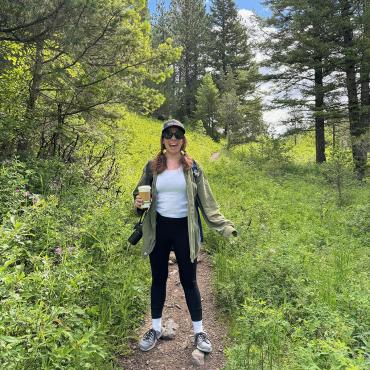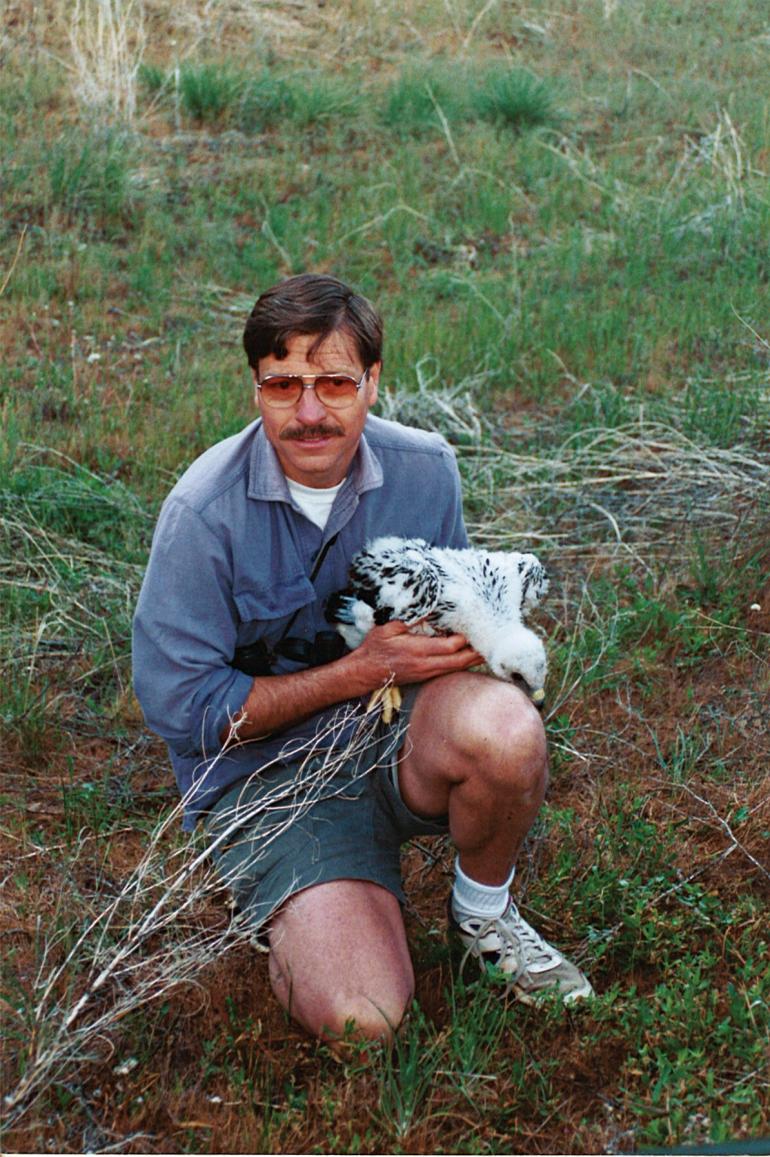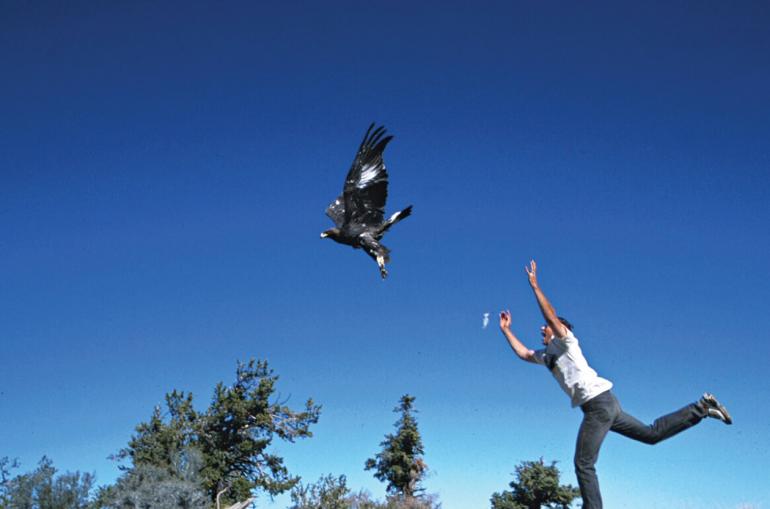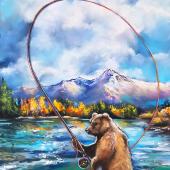My First Time: Steve Hoffman
The fledgling days of Bozeman’s raptor expert.
If you’ve ever spent a fall day watching hawks and eagles fly south, you’re likely familiar with the work of Steve Hoffman. In 1986, he formed a nonprofit called the Western Foundation for Raptor Conservation, now known as HawkWatch International––a well-known name in the birding world. Through it, he’s been able to discover new raptor flyways, learn the birds’ migration patterns, and send more young wildlife enthusiasts into the mountains to count the migrating birds of prey. Steve has since parted ways with the organization, but continues his legacy in Bozeman and beyond. He was the executive director of Montana Audubon for 10 years, and now leads bird-watching trips through his company, Merlin Birding, as well as other organizations. He’s also heavily involved with the Sacajawea Audubon Society’s wetland-preservation work. All told, as far as raptors go—or birds in general—there’s no greater authority in southwest Montana.
'We saw 4,000 hawks of 13 species pass by that day. I instantly fell in love with watching the migrating hawks.'
Here at O/B, our formal acquaintance with Steve was on a local birding trip this past summer, and we were blown away by his knowledge and patience in teaching new birders. He even recruited one of our own (Adam Brown) to count raptors in the Bridgers this fall—one of the many local efforts he spearheads. Sharing his knowledge with the likes of us reminded Steve of his younger days, before he even knew what raptors were.
Tell us Steve, what was your first raptor-watching experience?
I was a freshman college student in Pennsylvania, taking a general biology class when the professor said, “Hey, anybody want to go up Hawk Mountain for a day to watch the migrating hawks?”
I said, “I would love to!” I didn’t know anything about Hawk Mountain, or hawk-watching, or anything like that. I was very curious to learn more about the natural phenomenon and to see what was going on.
We saw 4,000 hawks of 13 species pass by that day. Many flew at eye-level or below, and I instantly fell in love with watching the migrating hawks. That was it. I was hooked. After watching them throughout that day, I realized two things: one, that raptors are really beautiful birds; and second, when they migrate, they do so effortlessly, without using much energy. They use either updrafts created by winds hitting steep mountain slopes, or thermals created by the sun. So, instead of flapping, they’re gliding. They’ll migrate hundreds, or even thousands of miles each way, seldom flapping their wings.
There were so many birds of prey riding the wind that day, and I was completely enthralled by their aesthetic beauty. They were likely flying 30-40 miles per hour, just using the wind and rising air to stay aloft and make their way south. It was so incredible! It was a phenomenon I previously knew nothing about. On that special day, I learned just how special hawks are, and from then on all I wanted to do was be up in the mountains, enjoying the birds as they migrated by.



































